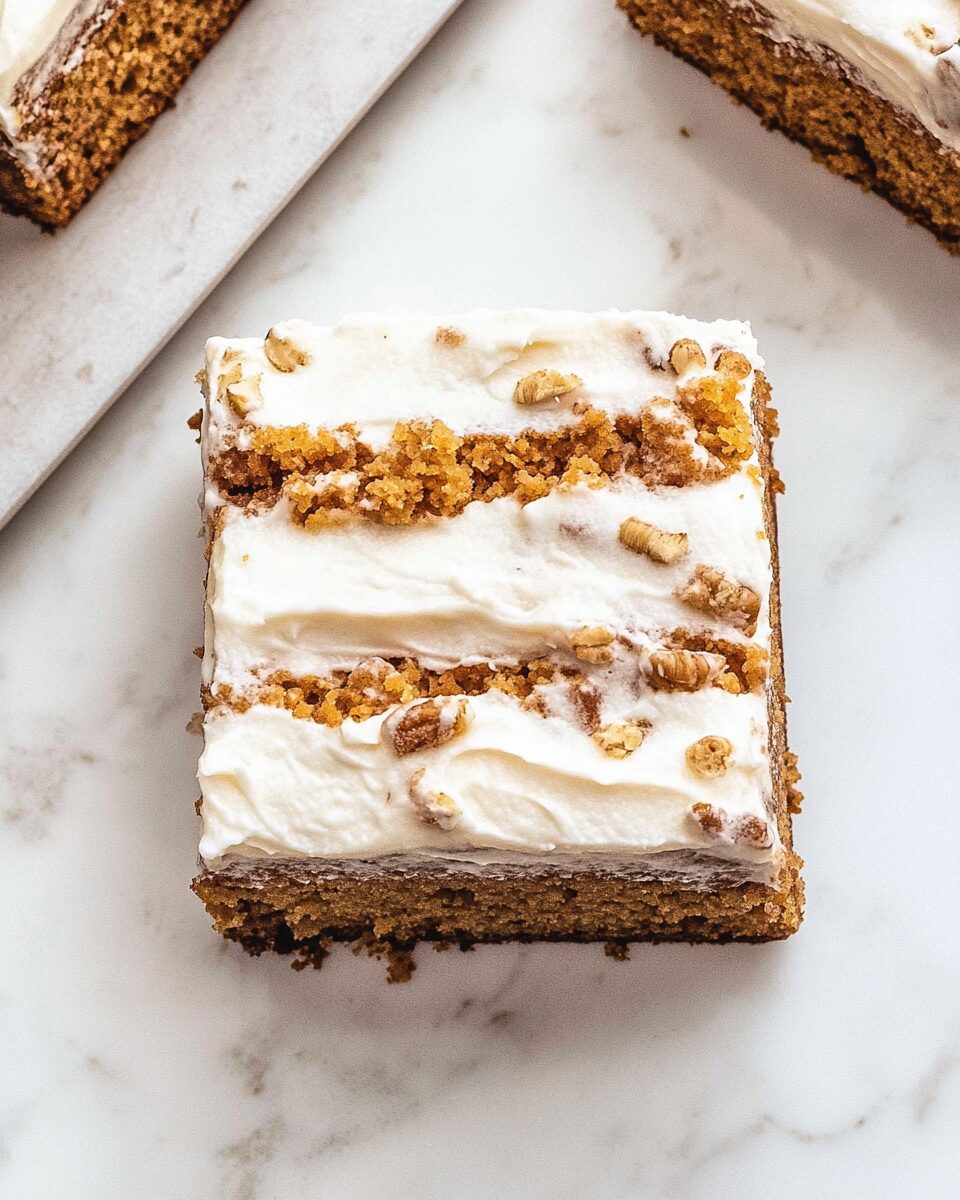Classic plain scones offer the perfect combination of a crisp golden crust with a soft, fluffy interior that melts in your mouth. They are a timeless treat that pairs beautifully with clotted cream, jam, or simply a pat of butter, making them an essential for any cozy teatime or breakfast spread.
What makes this recipe truly special is its simplicity and versatility. With minimal ingredients and quick prep time, these scones are easy to make from scratch, delivering bakery-quality results every time. Whether you enjoy them warm straight from the oven or as a charming accompaniment to your afternoon tea, these scones bring comfort and a touch of tradition to your table.
Full Recipe:
-
2 cups (280g) self-raising flour
-
2 tablespoons caster sugar
-
1/2 teaspoon salt
-
60g cold unsalted butter, diced
-
3/4 cup (180ml) milk
-
1 teaspoon vanilla extract (optional)
-
1 egg, lightly beaten (for glazing)
Directions:
-
Preheat the oven to 220°C (425°F). Line a baking tray with baking paper.
-
In a large bowl, sift together the self-raising flour, sugar, and salt.
-
Rub the cold butter into the flour mixture using your fingertips until it resembles fine breadcrumbs.
-
Add the milk and vanilla extract (if using) and stir gently with a knife to form a soft dough. Avoid overmixing.
-
Turn the dough out onto a lightly floured surface and knead briefly (about 5-6 times) until it just comes together. Pat the dough into a 2 cm thick round.
-
Using a floured 5 cm round cutter, cut out scones and place them on the prepared baking tray. Gather the remaining dough, gently reshape, and cut out more scones.
-
Brush the tops with beaten egg for a golden finish.
-
Bake for 12-15 minutes or until risen and golden brown on top. Serve warm.
Prep Time: 10 minutes | Cooking Time: 15 minutes | Total Time: 25 minutes
Kcal: approx. 180 kcal per scone | Servings: 8 scones
Introduction to Classic Plain Scones
Classic plain scones are one of those timeless baked goods that bring a sense of comfort, warmth, and nostalgia to many people around the world. Originating from the United Kingdom, scones are a staple of British teatime and have long been associated with traditional afternoon tea rituals. Their simple ingredients and straightforward preparation make them an approachable bake for beginners and seasoned home cooks alike.
Scones stand out due to their delightful balance of texture — a crisp, golden exterior that gives way to a tender, fluffy crumb inside. They are incredibly versatile and can be enjoyed plain, or paired with an array of toppings such as clotted cream, jam, honey, or fresh fruit. The beauty of plain scones is that their mild flavor acts as a perfect canvas, allowing other flavors to shine.
The Origins and History of Scones
Scones have a rich history dating back to the early 1500s in Scotland. The original scones were quite different from the soft, flaky versions popular today. Early recipes often used oats and were cooked on griddles rather than baked in ovens. The name “scone” is believed to be derived from the Gaelic word “sgonn,” meaning a shapeless mass or large mouthful, which accurately describes the rustic appearance of traditional scones.
Over centuries, scones evolved into the more refined versions we enjoy today, especially in England. The Victorian era popularized the baked scone as part of the high tea tradition, often served alongside finger sandwiches and pastries. Scones also became a symbol of hospitality and comfort, frequently prepared for family gatherings and special occasions.
Why Plain Scones Are So Popular
One of the reasons plain scones remain so beloved is their simplicity. Unlike flavored or fruit-filled scones, plain scones focus purely on the quality of the base ingredients — butter, flour, milk, sugar, and sometimes a hint of vanilla. This minimalism means that scones are not overly sweet or heavy, making them an excellent companion for sweet or savory toppings.
The quick preparation and relatively short baking time make scones ideal for spontaneous baking sessions. There is no need for complex rising agents or fermentation periods, unlike bread, so you can have freshly baked scones in less than 30 minutes from start to finish.
Additionally, their texture is universally appealing. A well-made plain scone is lightly crumbly yet moist, with a tender inside that pulls apart easily. This contrasts beautifully with the buttery, slightly crisp crust on the outside. Such a pleasing mouthfeel makes them comforting and satisfying with every bite.
The Science Behind Perfect Scones
Achieving the perfect plain scone is about balancing ingredients and technique. The cold butter cut into the flour is essential for creating a flaky texture. When butter melts during baking, it creates steam pockets that puff up the dough, resulting in a light and airy crumb.
Another important factor is minimal handling of the dough. Overworking the dough develops gluten, which makes baked goods tough. Scones require just enough kneading to bring the dough together, ensuring a tender, soft texture.
Using self-raising flour provides the necessary lift thanks to its baking powder content, which releases gas bubbles during baking to help the dough rise. The milk adds moisture and richness, while sugar adds a touch of sweetness without overpowering the flavor.
Glazing the tops with an egg wash not only adds a golden sheen but also helps create a slight crust that enhances the scone’s contrast in texture.
Variations and Serving Suggestions
While plain scones are wonderful on their own, they are also the perfect base for countless variations. You can add dried fruits like currants, raisins, or cranberries to introduce bursts of sweetness. Alternatively, savory versions can be made by incorporating cheese, herbs, or even cooked bacon bits.
When it comes to serving, the classic English way is with clotted cream and strawberry jam — a combination known as the “cream tea.” The rich cream and fruity jam complement the buttery scone perfectly, making it a luxurious treat. In other countries, butter, honey, or even lemon curd are popular accompaniments.
Plain scones also work beautifully as a breakfast or brunch item. Serve them alongside eggs, smoked salmon, or a fresh salad for a light but satisfying meal.
Tips for Baking the Best Plain Scones
There are some key tips to keep in mind when making scones to ensure success every time:
-
Keep your butter and milk cold until just before mixing. This helps create that flaky texture.
-
Use a light hand when mixing and kneading the dough to avoid tough scones.
-
Don’t twist the cutter when cutting the dough. Press straight down to ensure the edges rise evenly.
-
Place scones close together on the baking tray for taller, softer sides, or space them apart for more crisp edges.
-
Serve scones warm, ideally the same day they are baked, as they tend to dry out quickly.
Scones in Modern Cuisine
Today, scones are enjoyed globally with many creative twists in cafes and bakeries. Gourmet scones often incorporate unexpected ingredients like lavender, matcha, or even savory fillings such as sun-dried tomato and feta.
The plain scone remains a foundation for this innovation because it is so versatile and easy to adapt. In an era where comfort foods and nostalgic recipes have regained popularity, scones hold a special place as both a simple home bake and an elegant treat.
Health Considerations and Alternatives
While traditional plain scones contain butter and sugar, which make them a treat rather than a health food, there are ways to adapt the recipe for different dietary needs. For instance, you can substitute dairy milk with plant-based alternatives or use wholemeal flour to increase fiber content.
For those watching sugar intake, reducing the sugar slightly or omitting it altogether works well since scones are often enjoyed with sweet spreads anyway. Gluten-free flour blends can also be used to accommodate gluten intolerance, although texture may vary slightly.
Conclusion
Classic plain scones embody simplicity and tradition, offering a warm, comforting experience with every bite. Their easy preparation, adaptable nature, and delicious texture have made them a cherished recipe for generations. Whether served at a formal afternoon tea or as a casual breakfast, plain scones bring joy and satisfaction that few baked goods can match.
Their timeless appeal lies in their ability to serve as a perfect blank canvas, welcoming a variety of toppings and flavors while maintaining their buttery, fluffy integrity. By mastering the art of making plain scones, you’re embracing a rich culinary heritage and creating a foundation for countless delicious variations.
Enjoying a freshly baked plain scone, paired with your favorite cream or jam, is a simple pleasure that never goes out of style. So why not bring a little warmth and tradition into your kitchen with this delightful treat?








